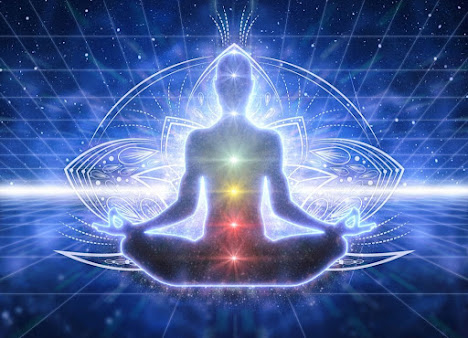What is Hatha Yoga?
Hatha yoga is a type of yoga that involves the body, breath, and mind. The term "Hatha" literally means "power or force" and it refers to a type of yoga that involves rigorous physical methods. Hatha yoga can be further classified into two types, according to Dattatreya Yoga Shastra. The first version, practised by Yajnavalkya, consists of the eight limbs of yoga, whilst the second form, practised by Kapila, consists of eight mudras.
Hatha yoga is now often referred to as yoga and focuses primarily on asanas as a kind of physical training. Hatha yoga asanas, on the other hand, were targeted at achieving Mukti and Siddhi in the early 11th century. The genuine practice of yoga involves the yogi's utsaha (enthusiasm), dhairya (patience), nishcaya (determination), sahasa (courage), and tyaga (solitude).
Hatha, which literally means "force," is more typically characterised as "the yoga of force" or "the means of obtaining a state of yoga through force." So Hatha yoga may be defined as anything you do with your body, including:
- asana - yoga poses (practised in any 'yoga' system)
- pranayama - Breathing exercises
- mudra - hand motions
- mantra – chanting or reciting
- shatkriyas and shatkarmas - purification procedures and visualizations
Asanas and benefits of Hatha yoga:
Check which nostril is more active before beginning your Hatha yoga practice. If lda is more dominant in the left nostril, it's time to practise asanas such as standing poses, back bends, twists, and inversions. Pingala is more energised when the right nostril is more activated. Then, you should cool down with seated postures and forward bends.
- Hatha yoga improves one's entire health.
- Strengthens the spine.
- Increases flexibility.
- Muscles are strengthened.
- Improves balance.
- Increases blood circulation.
- Improves immunity.
- Helps in stress relief.
- Aids in concentration and focus.
- Energy flow is balanced.
- This makes you joyful.
How Does the Bhagavad Gita Teach Hatha Yoga?
The Gita covers all limbs of hatha yoga.
- The first limb, known as Yama, consists of five different ethical precepts, which are also found in the Gita, namely truthfulness, nonviolence, non-covetousness, continence, and abstention from stealing.
- Similarly, the second limb, known as Niyama, includes self-reflection, austerity, contentment, worship, and cleanliness, all of which are mentioned in Lord Krishna's scripture.
- The third limb, known as Asana, is less important in the Gita than in Patanjali's technique.
- The fourth limb of yoga, Pranayama or breath regulation, is covered in the Bhagavad Gita. Lord Krishna explains how the entering and departing breaths might be used to make a sacrifice to the Lord as a form of pure devotion.
- The fifth limb of yoga, Pratyahara, is concerned with the withdrawal of the senses. This is extensively discussed in the holy book where Lord Krishna instructs His disciple to separate himself from the joys of the material world and centre everything around Him. The best type of pratyahara is the utilisation of these objects in the service of the Lord.
- Furthermore, the Bhagavad Gita emphasises Samyama or perfect practice. Lord Krishna instructs Arjuna to fix his thoughts on the Lord and engage all of his understanding in Him so that Arjuna can live in the Lord. The Lord then instructs Arjuna to practise Bhakti yoga principles in order to focus his mind on the Lord.
- Patanjali also discusses how chanting aids in the attainment of the goal of yoga. While chanting, one focuses their voice, ears, and sense of touch on the Supreme Lord, resulting in complete devotion to the Supreme Lord.
Final thoughts:
While the origins and practices of many components of yoga and Hatha yoga are still unknown, one thing is certain: Hatha yoga practises - the asana, pranayama, mudra, and mantra techniques that many of us devote time to - cause change. This is something they have always wanted to do.
They have the ability to alter our feelings not just physically, but also psychologically and emotionally. They can boost feelings of happiness and well-being, heal anxiety and grief, and promote relaxation and dynamism.
We may not all be able to become ascetics and give up our worldly responsibilities in order to practise yoga. However, we may use our yoga practice to become more connected, lively, and engaged with both divine energy and the environment in which we live.
Hatha yoga was developed as a way to achieve spiritual prosperity and connect with the Lord while also improving the mind and body. In this sense, the Bhagavad Gita can be viewed as a successor to the Yoga Sutras if one wishes to achieve the true spirit of hatha yoga.






